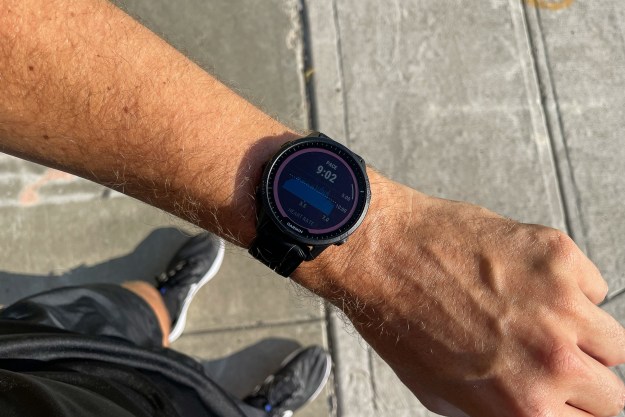Gene editing has already given us malaria-resistant mosquitoes and heat-resistant cows. Now, researchers from the University of Chicago may have topped both of those feats with their latest creation: Cocaine-resistant mice. Using the CRISPR-based gene-editing platform to modify the DNA of skin cells, researchers Xiaoyang Wu and Ming Xu have been able not only to create mice that are less likely to seek out cocaine than their counterparts, but are also immune to cocaine overdoses that killed mice without the same CRISPR-edited cells.
The process builds on previous work involving a modified enzyme called butyrylcholinesterase (BCHE), which is capable of naturally breaking down cocaine very rapidly. Unfortunately, its short half-life makes it ineffective in a clinical scenario, since it disappears before it has any long-term impact on the body’s response to cocaine. BCHE cannot be administered orally, which makes it ill-suited for use as a potential treatment.
Wu and Xu have found a way around this by demonstrating that modified skin cells can secrete BCHE into the bloodstream over a long period of time. These skin cells can be applied in the form of a skin graft.
It is still early stages, but the work could have a profound impact on solving the problems caused by thousands of coked-up mice flooding the streets every Saturday night to throw crazy shapes on tiny dance floors, while talking rapidly about how freaking amazing cheese tastes.
Okay, so that’s not really what the researchers hope to solve. (I mean, if that was real, why would you want to stop it?) Instead, they believe their research could play a part in helping battle the effects of cocaine addiction in humans via a similar skin graft procedure.
“It will work, like in mice, by highly efficiently degrading cocaine as soon as it enters the blood circulation, so that little would reach the brain to produce consequences,” Wu told Digital Trends. “[As a result], drug naïve-subjects would not develop cocaine addiction, cocaine addicts would stop using cocaine, and there would be no cocaine-induced relapse in addicts.”
A paper describing the work was recently published in the journal Nature Biomedical Engineering.
Editors' Recommendations
- Edit, undo: Temporary gene editing could help solve the mosquito problem
- Florida will release gene-edited mosquitoes into the wild, despite outcry
- CRISPR gene editing could help stop a common poultry virus in its tracks
- CRISPR gene editing to take on inherited blindness in U.S. study


